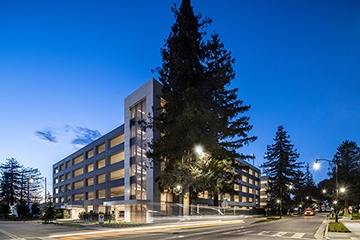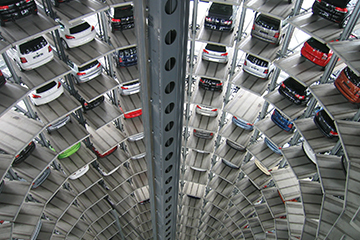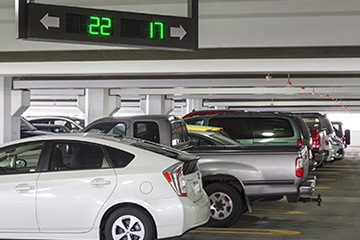Original Source: "The Green Standard: Accessibility and EV Charging Stations" by Michelle Wendler for The Parking Professional, February 2018

The demand for the installation of electric vehicle (EV) charging stations has increased dramatically in the last 3 years. In some jurisdictions there are requirements for providing electric conduit now to provide infrastructure for future charging stations. Many clients are requesting more stations as they receive requests from employees, customers, staff, and students.
The Bloomberg New Energy Finance (BNEF) global long-term Electric Vehicle Outlook forecasts, “The EV revolution is going to hit the car market even harder and faster than BNEF predicted a year ago. EVs are on track to accelerate to 54% of new car sales by 2040. Tumbling battery prices mean that EVs will have lower lifetime costs, and will be cheaper to buy, than internal combustion engine (ICE) cars in most countries by 2025-29.” According to the International Energy Agency “The global electric car stock surpassed 2 million vehicles in 2016 after crossing 1 million in 2015”.
Another aspect of these installations that is still being addressed is how to provide accessibility for these stations. The American’s with Disabilities Act (ADA) does not have a standard for how to address the number of or methodology for installation of accessible electric vehicle charging stations that should be provided. However, per the United States Access Board, an independent federal agency that promotes equality for people with disabilities, it is advisable to address access to EV charging stations so that they are usable by people with disabilities. California is the first state to incorporate a requirement into the building code; other states such as Virginia, North Carolina, Ohio, Michigan and Colorado provide guidelines.
Concepts Addressed
Even though there is no common national standard, the following concepts are addressed by most guidelines or codes.
- Accessible spaces at EV charging stations should not count toward the minimum number of accessible car and van parking spaces required in a parking facility.
- Charging stations should be located so they have access for a person in a wheelchair on an accessible path.
- Reach range and turning radius requirements from ADA are good standards for accessing the equipment.
- Use caution that bollards and wheel stops do not obstruct the use of the charging station.
- In lieu of a specific requirement, the number of accessible EV charging spaces provided should be evaluated by taking the total number of EV charging spaces and assuming these are a separate facility when applying the table of required accessible parking spaces.
- Consideration should be taken when locating stations so that cords do not block pedestrian paths or accessible routes when plugged into a vehicle.
- Accessible EV charging spaces should be distributed on a site in a similar concept to the requirements for other ADA parking spaces.
- Charging equipment should not encroach into parking spaces or access aisles.
- Charging equipment can be shared between accessible EV charging space and a regular EV charging space.
Because the ADA globally addresses the concept of equivalent facilitation, it seems prudent to address the guidelines of providing equivalent facilitation for EV charging stations. If you have existing EV charging stations and have not yet provided adequate accessibility for them it is recommended to apply a similar standard used with other accessibility requirements. Include these recommendations in the list of items to be upgraded when modifications are made to your parking facilities.







